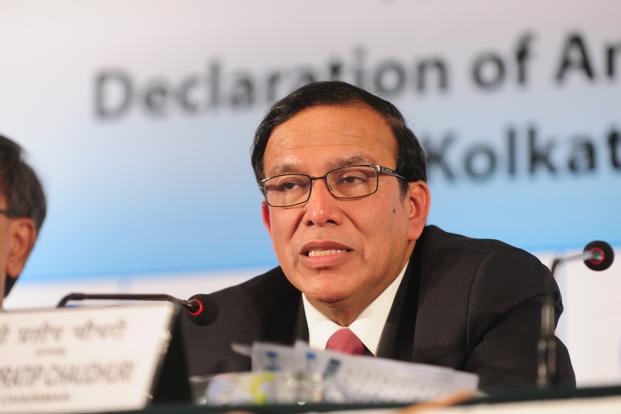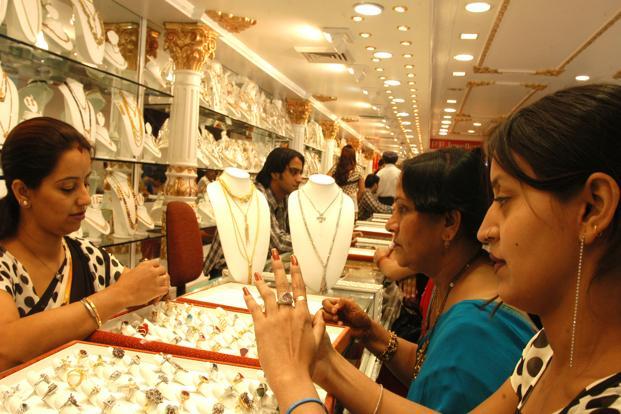Pratip Chaudhuri’s tenure as the chairman of the nation’s largest lender, State Bank of India (SBI), will come to an end in September. On Monday, he announced the bank’s June quarter earnings, the last such announcement of his term, which started in April 2011. In the past three years, he has announced 10 quarterly earnings.
How has he done on five key financial parameters—net interest margin (NIM), non-performing assets (NPAs), return on equity (RoE), return on assets (RoA) and profit—in these 10 quarters?
Profit: The bank’s net profit took a 99% hit in the March 2011 quarter, as Chaudhuri launched a massive clean-up drive after he took over. He set aside a hefty amount of money both for bad assets as well as to meet the bank’s pension liabilities. As a result of this, net profit came in at Rs.20.88 crore even though operating profit was over Rs.6,000 crore.
In the next nine quarters, net profit showed a decline in six quarters. Similarly, out of 10 quarters, operating profit dropped in three quarters.
Bad assets: There has been secular growth both in gross and net NPAs over the past 10 quarters. Gross NPAs grew in eight out of 10 quarters and net NPAs in seven of them. Net NPAs, 1.63% of bank’s loans in March 2011, rose to 2.84% in June this year. Similarly, gross NPAs grew from 3.28% to 5.56% in this time.
In absolute term, both net and gross NPAs have more than doubled in these 10 quarters. Gross NPAs rose from Rs.25,326 crore to Rs.60,891 crore while net NPAs rose from Rs.12,347 crore to Rs.29,990 crore.
NIM: A key efficiency parameter for a bank, NIM has been declining since March 2012. In December 2011, NIM—the difference between cost of funds and income on deployment of such funds—was 4.07%. It has progressively dropped to 3.16% in June 2013. In March 2011, it was 3.07%.
RoA and RoE: With the drop in net profit, SBI’s RoA and RoE have been declining. RoE has dropped from 22.21 in March 2012 to 13.59 in June 2013. During the same period, RoA has dropped from 1.15% to 0.81%.
So, on all parameters, SBI’s health has been deteriorating.
To be fair to Chaudhuri, he has been at the helm when the economy has been slowing, inflation has been high, and there has been large-scale loan restructuring. Towards the end of his tenure, we have also seen liquidity tightening measures by the Reserve Bank of India that will take their toll on the bank’s bond portfolio. But this will reflect only in the September quarter. Corporate profitability has meanwhile been hit hard in the past few quarters and that has dented the ability to pay off bank loans.
However, other banks too, particularly the new private banks, have been working in the same economic environment and their balance sheets are showing much less stress. Who is to be blamed for the SBI’s poor show—the chairman or the culture of a public sector bank?



